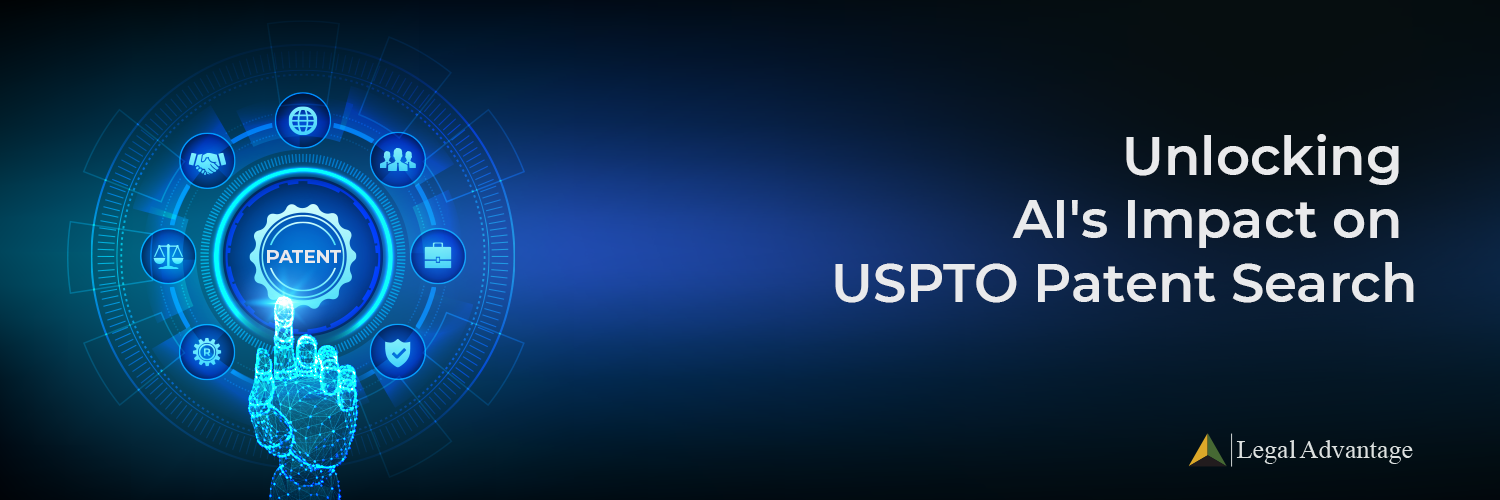Unlocking AI’s Impact on USPTO Patent Search
Artificial Intelligence (AI) is reshaping the way the United States Patent and Trademark Office (USPTO) handles patent searches, promising to enhance efficiency and accuracy. Let’s explore how AI is making strides in two critical areas: patent quality and classification.
AI Revolutionizing Classification
Traditionally, assigning Cooperative Patent Classification (CPC) symbols to patent applications was a manual task. With the integration of AI, a machine learning tool now streamlines this process, providing significant cost savings for the USPTO. Plans are underway to expand this AI-enabled classification process further, ensuring applications are accurately assigned to the right examiner.
AI-Powered Search Tools
The USPTO is deploying AI in examiner patent search tools, aiding examiners in identifying potential prior art at the early stages of examination. This not only accelerates the process but also improves the quality of searches. The USPTO is actively exploring additional avenues for AI to play a role in patent search and examination, with a focus on enhancing prior art searches for both examiners and the public.
AI’s Future Role in Patent Search
While AI holds great promise in refining patent searches, it’s crucial to view it as a complementary tool rather than a replacement for human intellect. Challenges persist, such as understanding the context of a Person Having Ordinary Skill in the Art (POSITA), managing complex situations, and addressing biases in AI. Despite its potential, AI has yet to reach the level of insight that a human examiner brings to the process.
AI and Human Expertise: A Synergistic Approach
A POSITA, with their technical expertise, employs nuanced search strategies and interprets patent documents with a depth that AI currently lacks. Generative AI models, while excellent in tasks like data analysis, fall short in critical thinking, understanding the POSITA context, and handling ethical intricacies. The Patent Public Advisory Committee (PPAC) acknowledges the USPTO’s investment in AI tools for search enhancement. Still, it emphasizes the need for human judgment, especially in navigating complexities like obviousness and novelty.
A Harmonized Approach to the Future
In conclusion, the future of patent search lies in a harmonious blend of AI’s strengths and human critical thinking. While AI advancements are promising, it’s crucial to integrate them thoughtfully, considering potential pitfalls and unintended consequences. The PPAC encourages the USPTO to treat AI as a supplementary tool, running in parallel with the existing examiner search until its effectiveness is thoroughly validated.
Embracing AI’s potential while preserving the invaluable perspective of human examiners will pave the way for an evolved and efficient patent search process.


